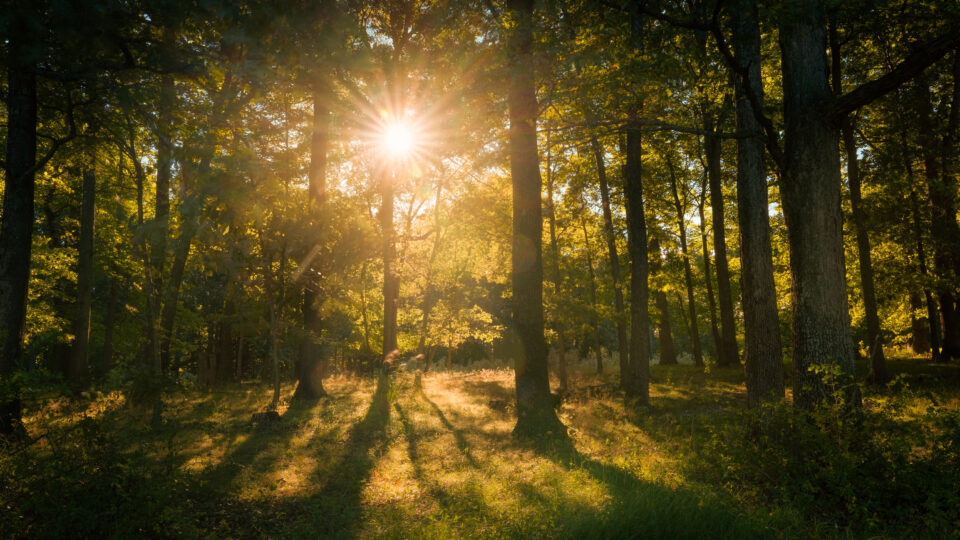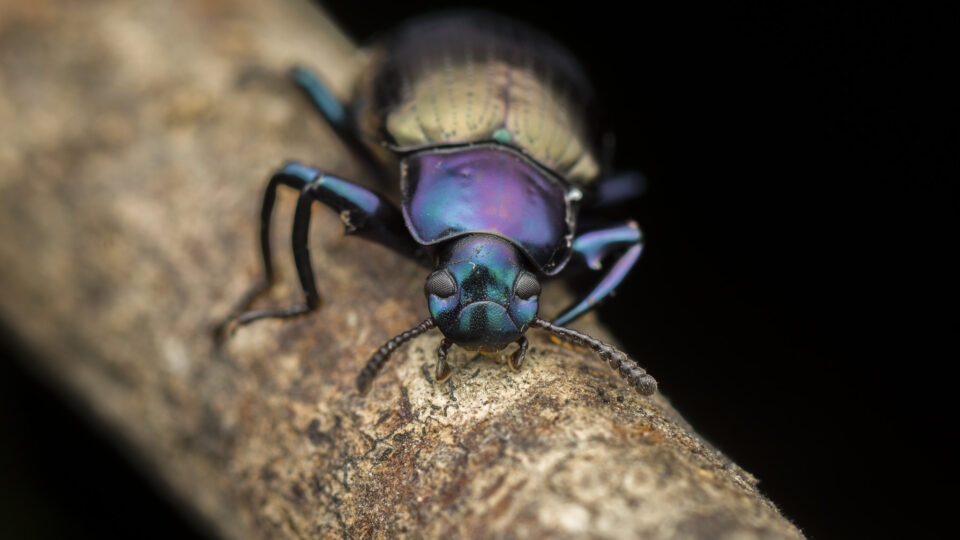Scientists have been sounding the alarm on the global struggle of pollinators for a long time. According to the United Nations, nearly 35% of the invertebrate pollinator species, such as bees and butterflies, are facing extinction. And since 75% of the world’s food crops depend on pollination to some extent, the decline of pollinators poses a major threat to global food security.
Honey bees are among the struggling pollinators. Honey bee colonies in the United States have experienced annual population declines since 2006. But in addition to there being fewer bees, the bees that remain are also making less honey. In fact, honey yields in the United States have been declining since the 1990s.
A new study by researchers from Penn State University has solved some of the mystery. Using five decades of data across the United States, the research team analyzed the factors that could be affecting the number of flowers growing in different regions, which, in turn, affects the amount of honey produced by bees.
In the study, which was recently published in the journal Environmental Research, the scientists found that climate conditions and soil productivity were two of the biggest factors in estimating honey yields. States in both warm and cool regions produced higher honey yields when they had productive soils. These two factors set a baseline production level of honey, while herbicide use, weather, and land use changes influenced how much honey was produced in a given year.
The study’s findings provide valuable insights that should help beekeepers, growers, and land managers better support honey bees.
**********
Web Links
Why are bees making less honey? Study reveals clues in five decades of data
Photo, posted August 30, 2021, courtesy of Brandon O’Connor / NRCS via Flickr.
Earth Wise is a production of WAMC Northeast Public Radio



